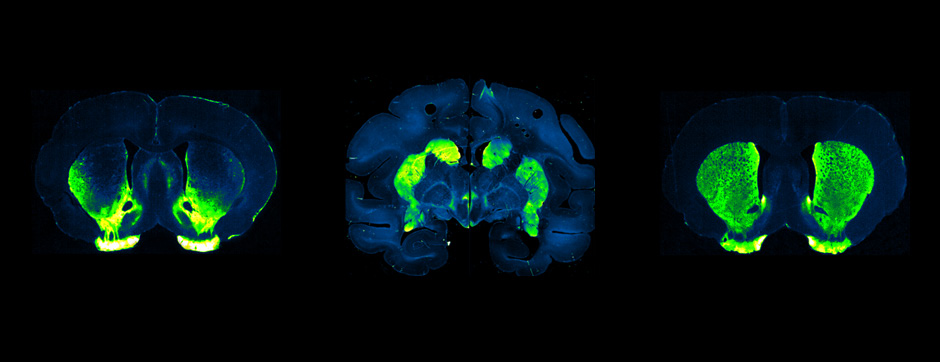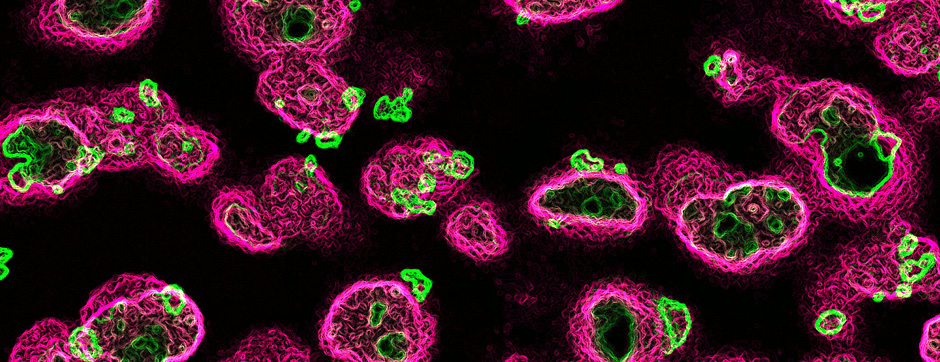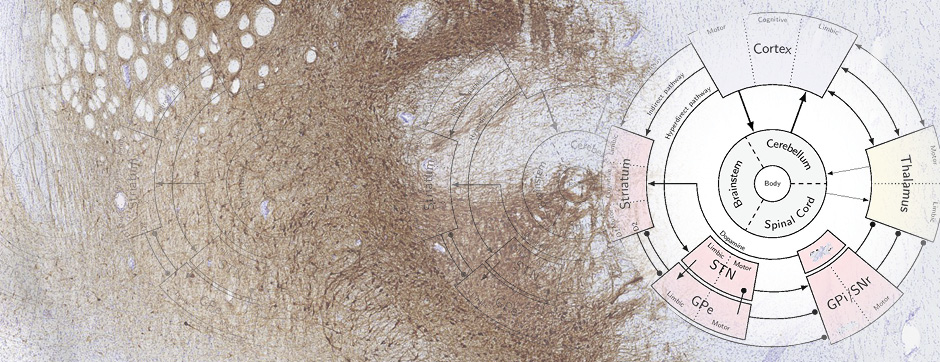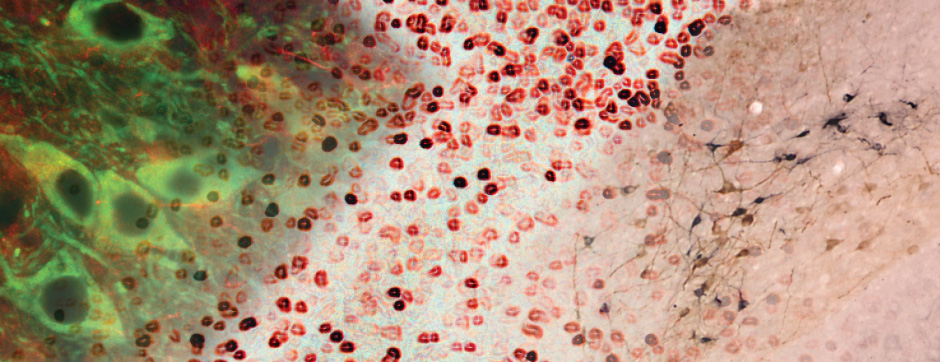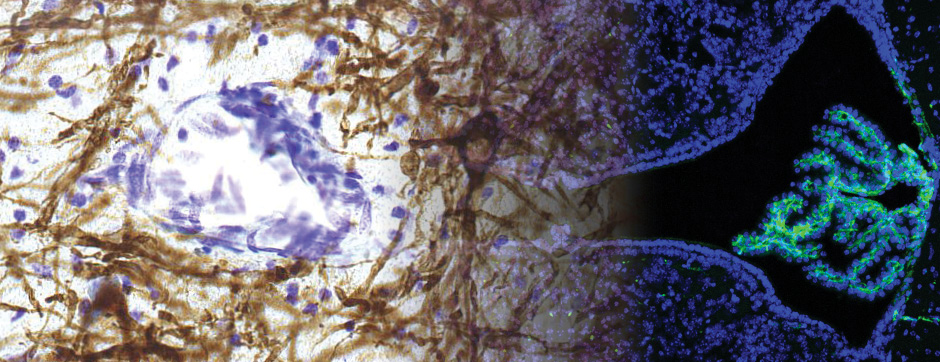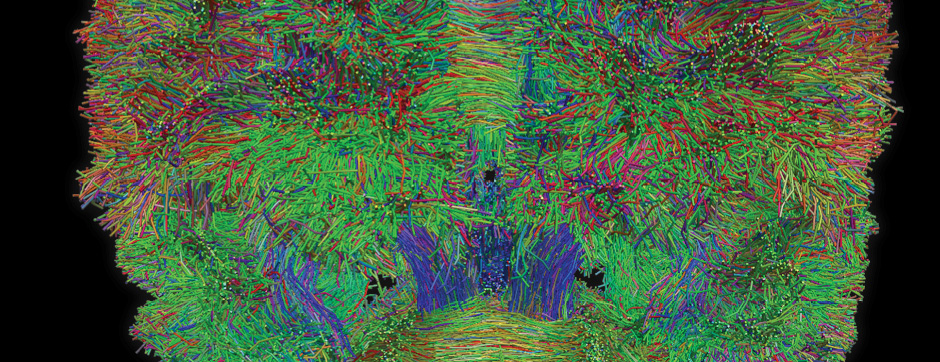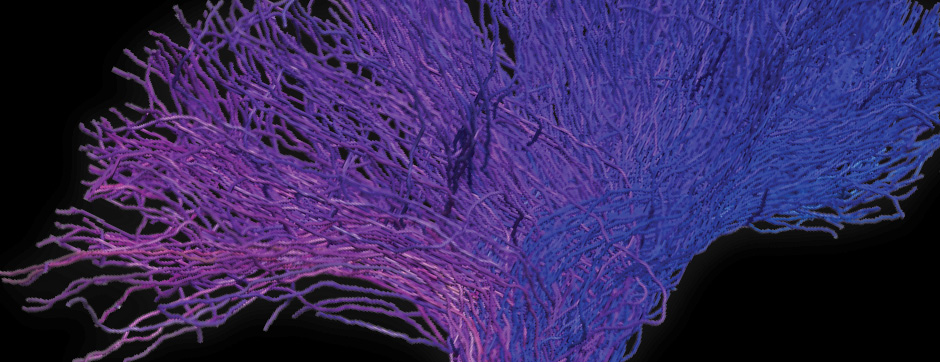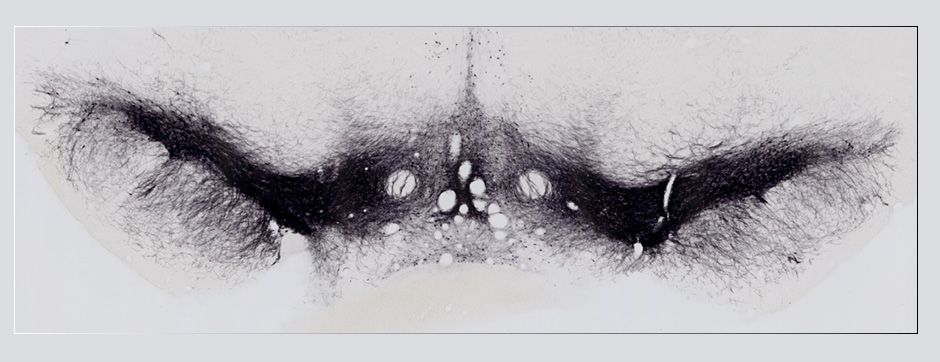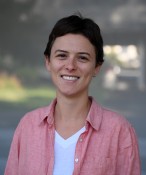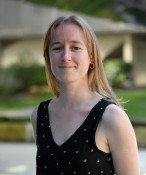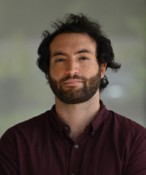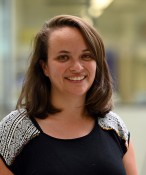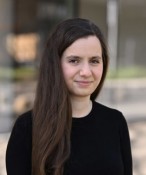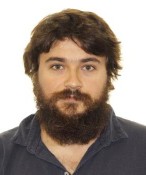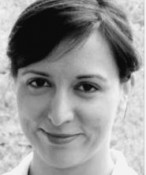
Loïc Labache
Elaboration Of Brain Network Atlases Underpinning Lateralized Cognitive Functions : Application To The Study Of Inter-individual Variability Of Language
octobre 2020 Directeur(s) de thèse : Nathalie Tzourio-Mazoyer, Marc Joliot et Jérôme Saracco Résumé de thèseMy thesis work is part of a multi-modal and multi-scale integration approach which has led to the emergence of cognitive and population neuroimaging. More specifically, fMRI provides two types of three-dimensional functional brain maps: activation maps allowing for visualizing brain regions directly involved in a cognitive process, and intrinsic connectivity maps measuring the synchronization between spatially distant but functionally connected regions. I have applied new statistical methodologies to these two types of maps, allowing me to deal with both the individual and the spatial dimensions. In the first part, I designed atlases of brain regions dedicated to specific cognitive functions, based on their hemispheric lateralization and targeting a population selected for its low variability. I present here the first two language atlases. Indeed, although there are many approaches to map language areas in patients, there was no atlas of networks supporting language functions in healthy individuals so far. I first identified left activated and left asymmetrical regions, both during sentence production, listening and reading, in 137 healthy right-handed individuals. Analysis of the intrinsic connectivity between the 32 identified regions reveals that they are part of 3 distinct functional networks, which constitute the SENSAAS (SENtence Supramodal Areas AtlaS) brain atlas. Among these networks, one with 18 regions contains the essential language areas (SENT_CORE), i.e. the brain areas whose lesion leads to an impairment in the integration of the meaning of speech. Specifically, SENT_CORE contains 3 hubs supporting the information integration and dissemination, localized in the Broca and Wernicke area. I then applied this methodology to the elaboration of an atlas of word processing networks. I identified 21 brain regions organized into 2 distinct networks, one of which is a phonological network including the audio-motor loop. For the first time, a strong intrinsic connectivity between the left audio-motor loop and the prosodic processing, located in the upper temporal sulcus of the right hemisphere, is evidenced. Finally, I developed a new method for studying the variability of three-dimensional data. This new method includes two different mathematical tools based on hierarchical agglomerative clustering algorithms. The first one makes it possible to identify variables leading to partition instability, the second one allows for extracting stable sub-populations from a starting population. The applications of all of this work are numerous: for example, I used the SENT_CORE network to study the inter-individual variability of hemispheric lateralization of the sentence supramodal areas. I have thus identified two groups of typical asymmetric left language individuals, with high left intra-hemispheric intrinsic connectivity and low inter-hemispheric connectivity, and a group of atypical individuals: rightward asymmetrical for language, with high intrinsic connectivity of language networks in both hemispheres and high inter-hemispheric connectivity. SENSAAS has also been used to study the genetic support of language atypicality, as well as for the topological characterization of the memory and language networks of individuals with mesial temporal lobe epilepsy. The new method for assessing inter-individual variability was used to evaluate the stability of the intrinsic networks of a new functional atlas adapted for late adulthood.


